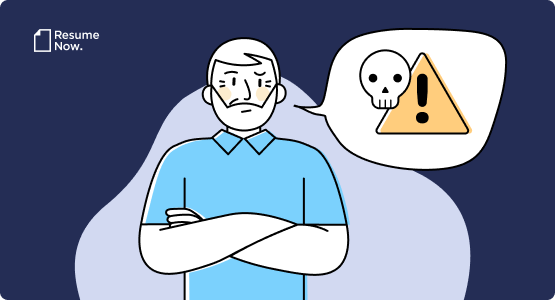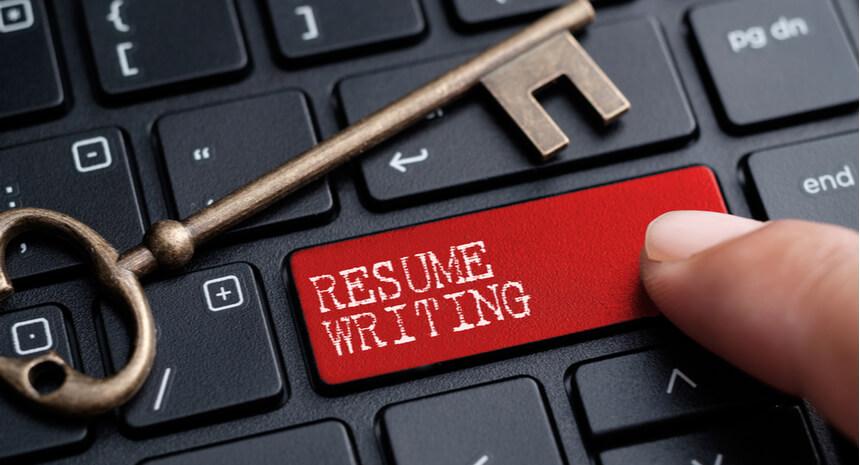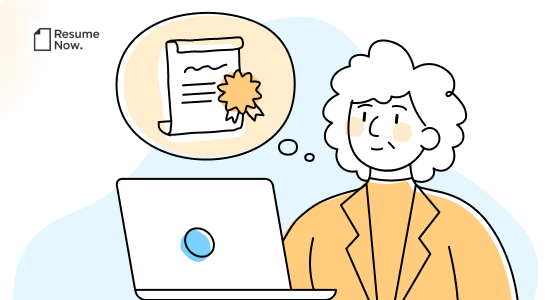Table of contents
If you’re an engineering student or professional preparing for job applications, you understand the importance of precision. The same precision applies when crafting your cover letter — a vital tool that complements your resume.
A well-executed cover letter can set you apart from other candidates. As you embark on writing yours, remember, it’s your opportunity to demonstrate how your engineering skills align with the needs of the company.
This guide includes:
- Engineering-specific cover letter examples to guide you.
- A tailored cover letter template designed for engineering roles.
- Simple, step-by-step instructions for each section.
- Additional resources to ensure your application has an impact.
Ready to start building your cover letter? Our Cover Letter Generator is here to help. Choose from a variety of cover letter styles, eliminate formatting worries and utilize our engineer-focused phrases and tips.
Popular engineering cover letter examples
How to write an engineering cover letter
Let’s dive into the essential elements of making a strong engineering cover letter.
Even if you’re familiar with the basics of cover letter writing, focusing on these components can significantly improve your application and better highlight your qualifications as an engineer.
Step 1
Choose the right layout
Engineers like you understand the importance of alignment. Select a cover letter template that aligns with the engineering discipline and the company culture of the organization you’re applying to.
Whether it’s sleek and modern for tech startups or more structured for traditional engineering firms, it should reflect the professional standards of the industry.
Step 2
Add your contact details
Ensure your contact information is prominently placed at the top of your cover letter. Although this may seem basic, it’s crucial for potential employers to reach you easily. Your contact details should include:
- Your full name and any professional titles
- City and state
- Phone number
- Email address
Step 3
Customize the greeting
A personalized greeting can set a positive tone and show attention to detail. Address the hiring manager directly, such as “Dear Dr. Johnson.” If the name isn’t available, a simple “Dear Engineering Hiring Manager” is professionally appropriate.
Be sure to avoid detached salutations like “To Whom It May Concern.”
Step 4
Write an engaging opener
Introduce yourself as an engineer in the opening paragraph. Highlight your key engineering discipline and what drives your passion for this field.
This is your chance to make a compelling first impression by linking your personal engineering philosophy with the goals of the company.
Step 5
Emphasize your experience
In about two to three paragraphs, detail your engineering work experience.
Being precise is key here: include specific projects you’ve worked on, technologies you’ve mastered or engineering challenges you’ve overcome. Demonstrate how these experiences have prepared you to contribute effectively to potential engineering tasks at the new company.
Step 6
Highlight your skills
As an engineer, your technical skills are essential but don’t underestimate the power of communication skills, which are more transferable between industries.
Hard skills like CAD design, programming and systems analysis are vital. Still, they are even more effective when paired with soft skills, like collaboration and leadership.
In your cover letter, emphasize both your engineering-specific skills and these broader capabilities. Together, they make you a more adaptable and complete professional, enhancing your ability to work effectively in diverse teams and environments.
Step 7
Show enthusiasm in the final paragraph
Your cover letter closing should reaffirm your interest in the engineering position, express gratitude for their consideration and encourage the hiring manager to initiate further contact. This is your final chance to convey your enthusiasm for the role and your readiness to contribute to the team.
Step 8
Don’t forget to sign off
Wrap up with a formal signoff such as “Sincerely” or “Best regards,” followed by your signature. This not only ends your letter on a professional note but also reinforces your respect for the application process.
resumes made with Resume Now!
Engineering cover letter examples by career stage
As you progress in your engineering career, the content and style of your cover letter should adapt to reflect your evolving expertise and experiences. Here, we provide specific guidance on crafting an engineer’s cover letter at various career stages.
Engineering student cover letter
Why this engineering cover letter works:
- Uses a clean, easy-to-read template
Select a template that is visually appealing and easy to navigate, allowing your qualifications to stand out without distraction.
- Expresses interest in the company
This cover letter effectively communicates the candidate’s enthusiasm for the company’s engineering projects and technology advancements.
- Highlights academic and early achievements
It’s important to mention any relevant academic projects, internships or collaborative projects that have honed your engineering skills.
Entry-level engineering cover letter
Why this engineering cover letter works:
- Starts enthusiastically
The letter opens by expressing excitement about the role and the field of engineering, demonstrating genuine interest.
- Showcases a range of experience
Even at an entry-level, discussing any significant projects or internships, such as a successful capstone project or participation in a competitive engineering challenge, illustrates capability.
- Doesn’t shortchange soft skills
Highlights important soft skills like teamwork and problem-solving, crucial for succeeding in engineering environments.
Management-level engineering cover letter
Why this engineering cover letter works:
- Focuses on real impact
Mentioning a project that improved efficiency by 25% or reduced costs by 30% showcases tangible outcomes.
- Details major projects
Discusses significant engineering projects or leadership in key initiatives, highlighting advanced skills and leadership capabilities.
- Expresses gratitude
Ends by thanking the employer for considering the application, which reflects professionalism and courtesy.
Pair your cover letter with a resume
Don’t forget your engineering resume (if you don’t already have one).
You know your resume is important — why not create one that matches the style of your cover letter? This coordinated approach ensures your entire application is cohesive and professional — crucial in the engineering field.
If you’re familiar with resume writing, our collection of resume examples can serve as your guide. These examples, crafted by professional resume writers, provide clear insights into what a compelling engineering resume looks like, focusing on projects, technical skills and quantifiable achievements.
For quick and effective resume creation — or simply to update an existing resume — consider using a resume maker. It offers ready-to-use skills and phrases tailored for engineering roles, helping you assemble a well-structured and precisely formatted resume quickly, in the template of your choice.
Key takeaways for your engineering cover letter
Explore engineering cover letter examples
Dedicate some time to reviewing engineering cover letter samples. These will give you a sense of how to write your own.
Craft a strong, concise intro
Kick off your cover letter with a succinct, captivating opening. Target a few sentences that engage the reader immediately, preparing them for the in-depth information to come.
Showcase your engineering expertise
In this part, ensure your engineering skills and projects align with the job’s demands. Emphasize your distinct engineering accomplishments, and if necessary, succinctly address any career breaks.
Tailor your cover letter for each application
As your engineering career advances, your cover letter should adapt accordingly. It should mirror your current level of expertise and the particular engineering role you’re targeting.
Pair with a matching resume
Keep in mind, your resume is an integral part of your job application. It should complement the style and substance of your cover letter, presenting a unified and polished professional image.
Resources to help you prepare for your interview
Was this information about Engineering Cover Letter: Examples, Templates & Tips helpful? Let us know!
Don is a Certified Professional Resume Writer (CPRW) with more than 10 years’ experience creating digital content, including four years helping job seekers develop their careers. He holds an M.S. in Journalism from Northwestern University.
More resources

The Most Dangerous Jobs in America: Some Pay Less Than $40K, Others Top $190K
Resume Now s report reveals the highest and lowest paying dang...

How to Write a Resume: Guide & Examples for 2025
If you re wondering how to write a resume that grabs attenti...

Still in the Game: 9 in 10 Older Workers Are Upskilling to Stay Competitive
The idea that older workers are resistant to change doesn t ho...

Academic Administrator Cover Letter
Want to create a cover letter that demonstrates your commitmen...

Personal Support Worker Cover Letter: Examples, Templates & Writing Tips For 2025
Need a cover letter that highlights your commitment to providi...

Software Developer Cover Letter: Examples, Templates & Writing Tips For 2025
Want to write a software developer cover letter that gets noti...
